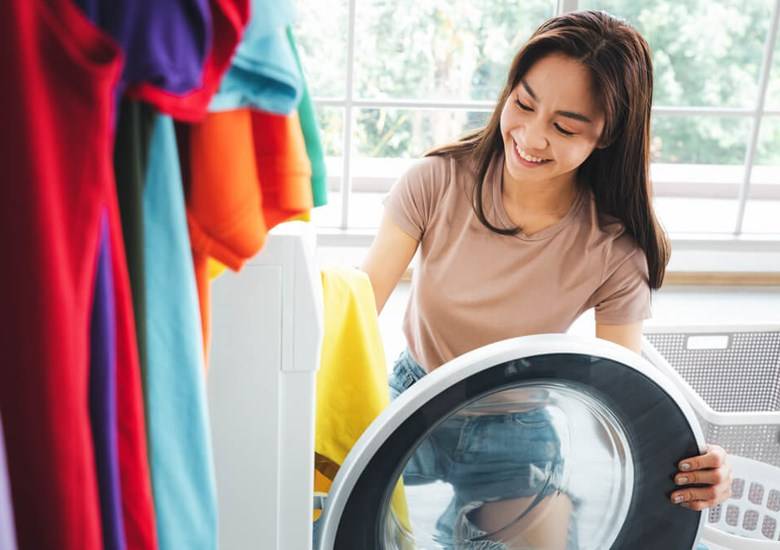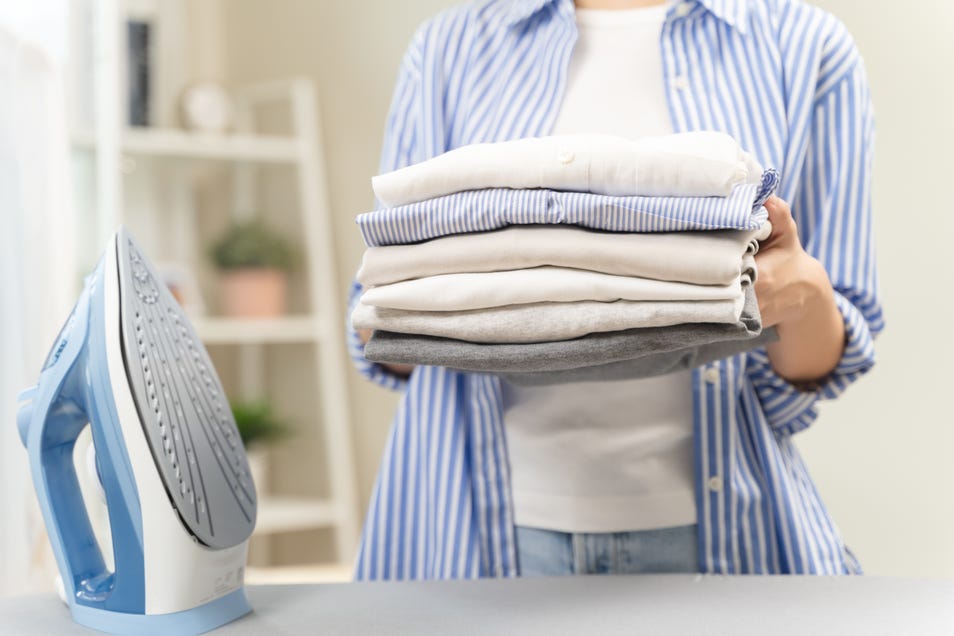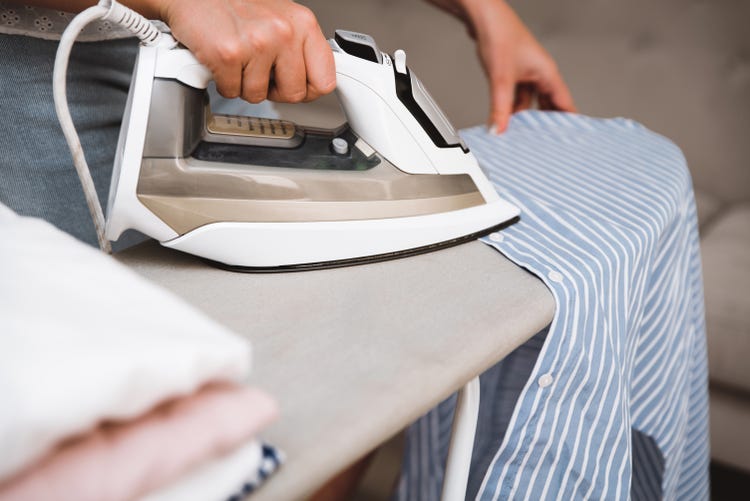How to Stop Clothes from Fading

Want to keep your clothes smooth and wrinkle-free? Explore the differences between steam and dry ironing to find out which method works best for your wardrobe. This guide breaks down everything you need to know before making the right choice.

Ironing helps keep clothes looking sharp and polished, but choosing the right technique can be confusing. Steam and dry ironing offer different results based on fabric type, wrinkle depth, and personal preference. Knowing how each method works makes it easier to pick the one that suits your needs.
In this guide, we break down steam ironing vs dry ironing, highlighting their differences, advantages, and the best situations to use each one. With the right approach, ironing can be quicker, more effective, and gentler on your clothes.
Dry ironing involves using a traditional iron that applies heat directly to fabric without the use of steam. It is a straightforward method of ironing that relies on temperature settings to remove creases from clothes. The heat from the soleplate presses against the fabric, flattening wrinkles through direct contact. This type of iron is simple in design and easy to use, making it a practical choice for everyday ironing.
Discover the key benefits of dry ironing and why it remains a reliable choice for keeping clothes crisp, especially when dealing with delicate or moisture-sensitive fabrics.
Explore the common drawbacks of dry ironing and understand where it may fall short, especially for tough wrinkles or thicker fabrics.
Steam ironing, as the name suggests, uses both heat and steam to smooth out wrinkles. The iron releases steam through small holes in the soleplate, which helps to relax fabric fibres before pressing them. This method makes ironing more efficient, as the moisture allows for easier wrinkle removal with less pressure.
Learn how steam ironing can make wrinkle removal easier, refresh fabrics, and offer better results for heavy materials with less effort.
Understand the potential downsides of steam ironing.
Fabric type plays a significant role in deciding which is better between steam iron and dry iron.
Regardless of what is better, comparing steam iron vs dry iron, maintaining your iron ensures longevity and efficiency.
When it comes to everyday fabric care, understanding steam ironing vs dry ironing can help you choose what suits your routine best. A dry iron is simple and reliable, ideal for quick touch-ups or occasional use. On the other hand, a steam iron offers added power and efficiency, especially for heavier fabrics or frequent ironing.
By understanding how each one works and what it offers, you can pick dry iron or steam iron, whichever complements your lifestyle. Both methods can deliver great results when used correctly. At the end of the day, the secret to well-pressed clothes lies in consistent care, the right technique, and proper maintenance of your tools.
Choosing the right clothes washing detergent is essential for cleaning your laundry and maintaining your fabrics. Based on your unique needs, find the best detergent for your laundry.
Caring for woollen clothes can be tricky, but using the right washing liquid makes all the difference. This guide covers how to select and use washing liquid that preserves the softness, freshness, and quality of your wool fabrics.


